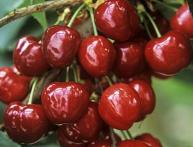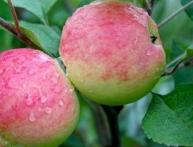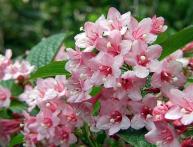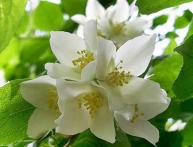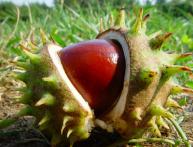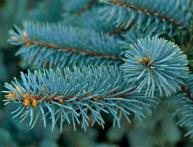Duke - a hybrid of cherry and sweet cherry

Cherries and sweet cherries are so similar to each other, but so different in taste! Cherries are more sour and tart, while sweet cherries have a sweeter and more tender pulp. It is customary to call cherries differently only in Russian, but in France, Germany and England these crops are simply called sour and sweet cherries.
I prefer cherries; cherries are very sour for me if you eat them on their own. Jam is much tastier when made from more sour and fragrant cherries. But how I would like the taste qualities of these two fruit crops to be combined together! The way out is a hybrid of cherries and sweet cherries, called “duke” in Russia.
The name of the hybrid plant comes from the English hybrid cherry-cherry variety May-Duc, bred in the 17th century. But in England itself this name did not take root; it is used for brevity only in Russia.
Often cherries and cherries grow next door in the same garden, so the appearance of hybrid seedlings occurs constantly. But sweet cherries and cherries, when crossed with each other, do not often produce fruit-bearing offspring. Hybrids can bloom very profusely, which gives the owner hope for a rich harvest, but due to disturbances in the process of formation of germ cells in the hybrid, the harvest may not be expected at all, or it will be very insignificant.
This failure occurs due to the different number of chromosomes in cherries and cherries - 32 and 16, respectively, in the cell nuclei. Fertile will be those hybrid plants whose cells contain 32 chromosomes, like a cherry.But this happens naturally quite rarely, and even in such plants, fruiting may be reduced if there is abundant flowering.
Due to the described difficulties with fruit set, as well as restrictions on winter hardiness, the cherry-cherry hybrid feels good in the gardens of the Caucasus, Lower Volga region, and Central Black Earth Region. The climate of these latitudes makes it possible to obtain good harvests of dukes, in contrast to the middle zone.

